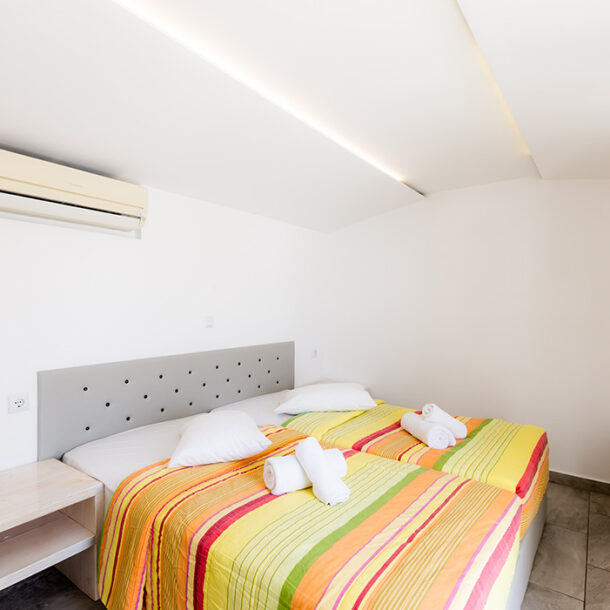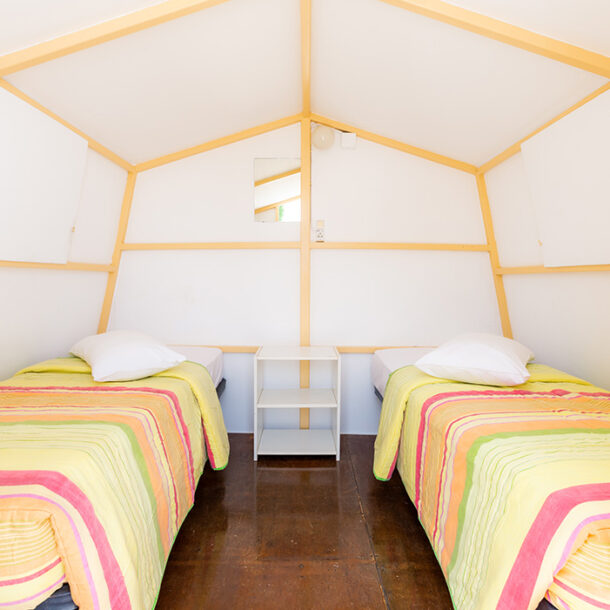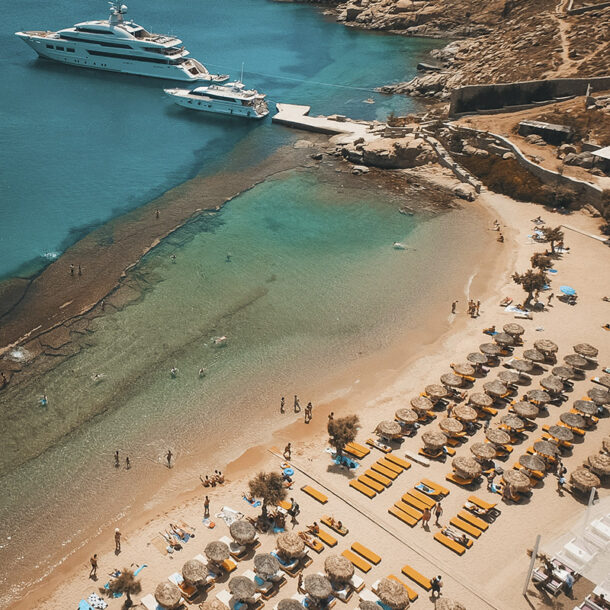Live The Experience
PARADISE
BEACH RESORT
MYKONOS
GRAND OPENING: APRIL 5th 2024
YOUR
PARADISE
Paradise Beach in Mykonos is one of the most iconic beaches, not only in Greece, but in the world!
Est. 1969, the resort features sea side restaurants, bars, shops and our world famous beach parties.
Paradise Resort Mykonos became a hotspot for people from all over the world and also hosting the world’s most influential DJ’s over the years.
– Paradise Team
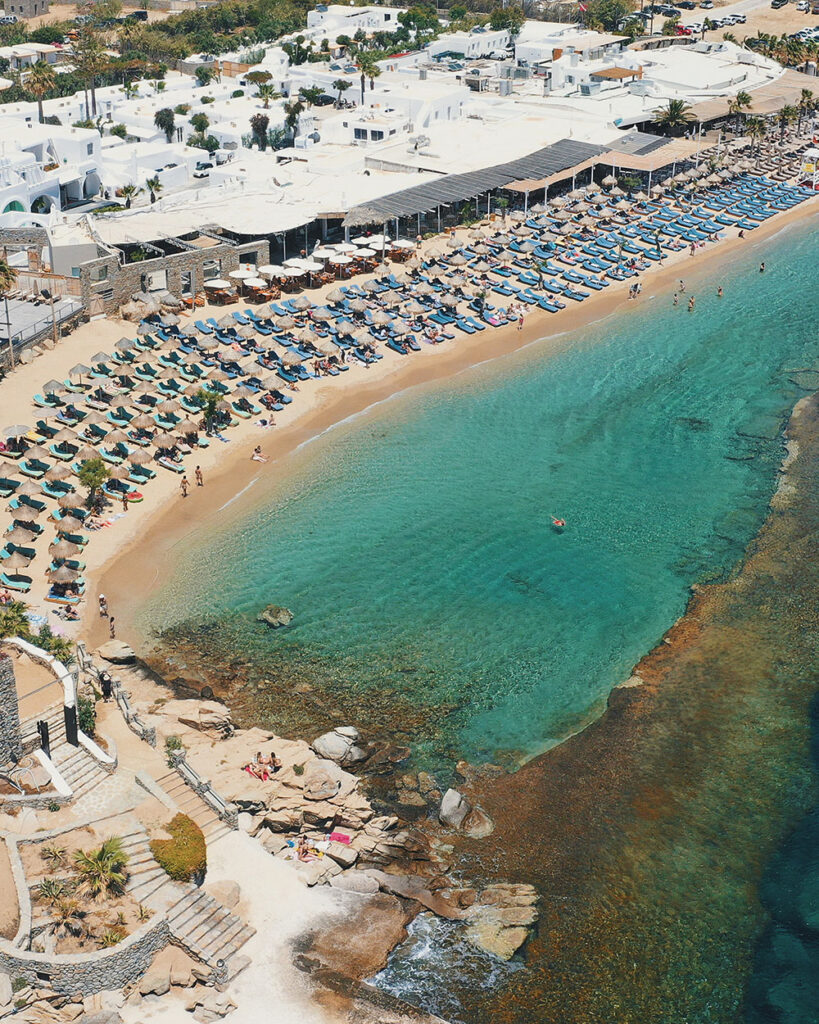
BEACH
RESORT

Wake up right at Paradise Beach!
The Paradise Beach Resort Mykonos features superior sea view rooms, standard rooms, bungalows and beach cabins just steps from the beach, our resort has options for every taste and budget.
Beach access from early morning, grab a sun-bed by the sea, enjoy a cocktail by our beautiful lounge bar, discover our restaurant with a variety of cuisines.
Inside our 24 hour reception, the experienced staff is ready to tend to your every need.
The resort is open from April through to October.
"VOTED #14 BEST CLUB WORLDWIDE"

Superior Rooms

Standard Rooms
Be ready to enjoy a stunning open air party atmosphere in true paradise.
Paradise Beach Club in Mykonos is a place where you can give in to the true pleasures of life, with golden sand and crystal waters, it is the perfect place to enjoy your holidays.
Meet people from all over the world whilst dancing to the hottest tunes being spun by the best DJ’s at the party of all parties!

24h RECEPTION

CLUB

BEACH

RESTAURANT

BAR LOUNGE

SHOP

Paradise Beach
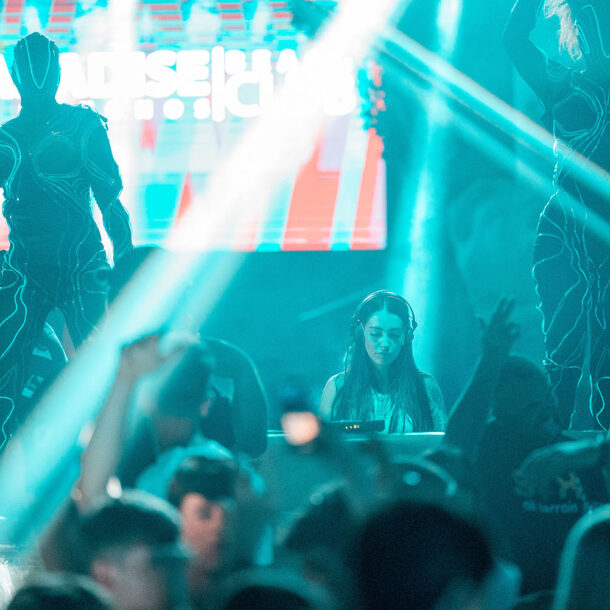
Paradise Beach Club

Lounge Bar
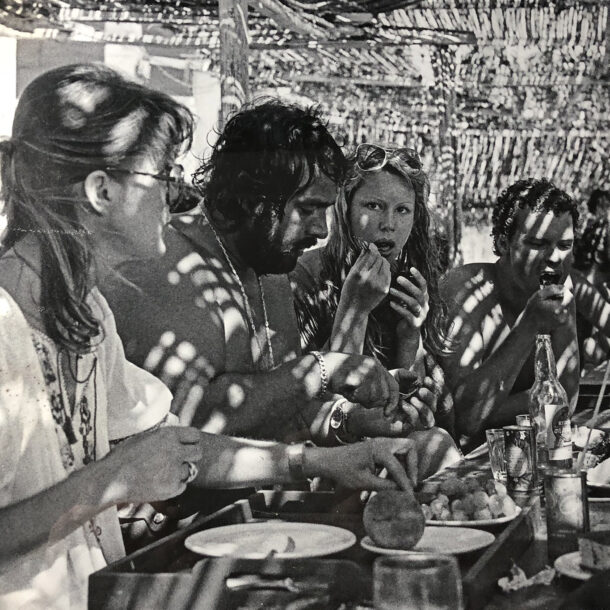
History of Paradise

Restaurant
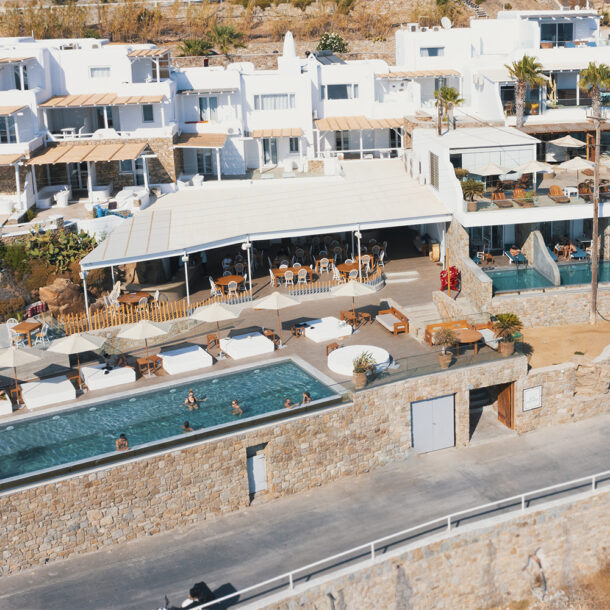
New Paradise

Shop


